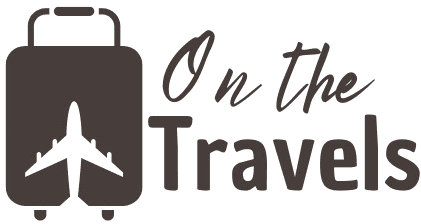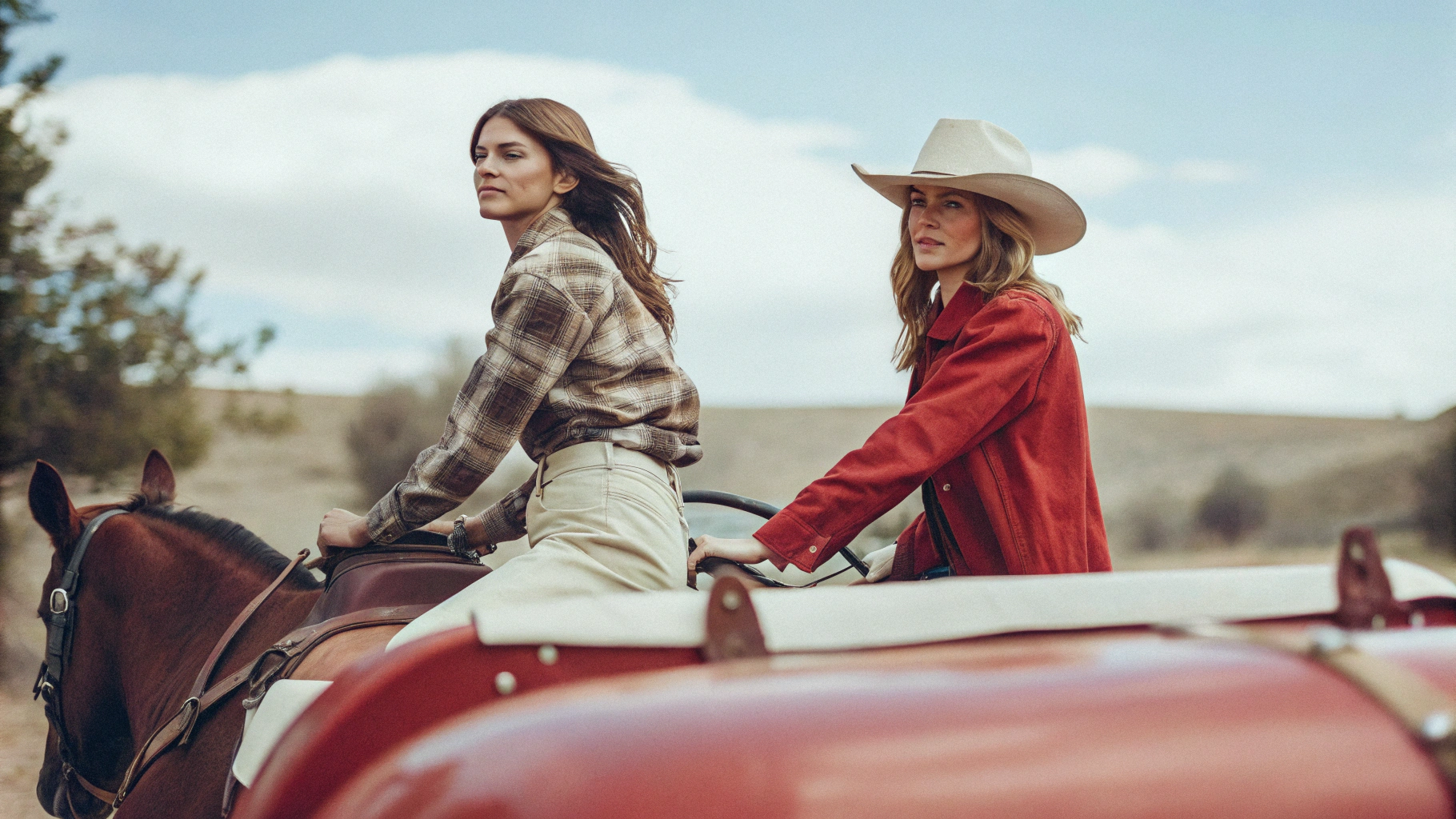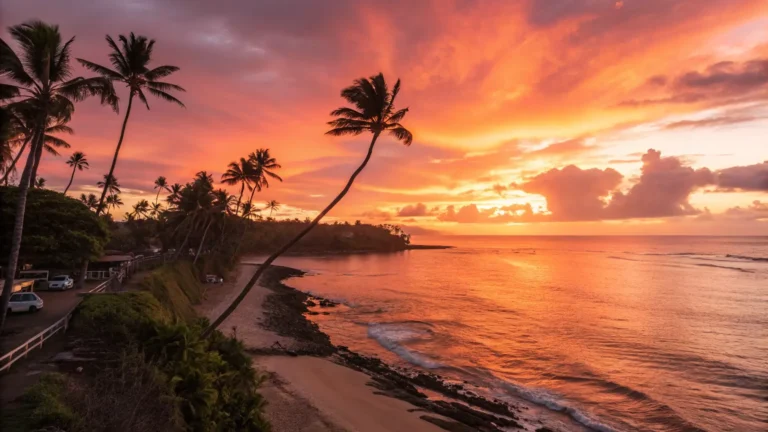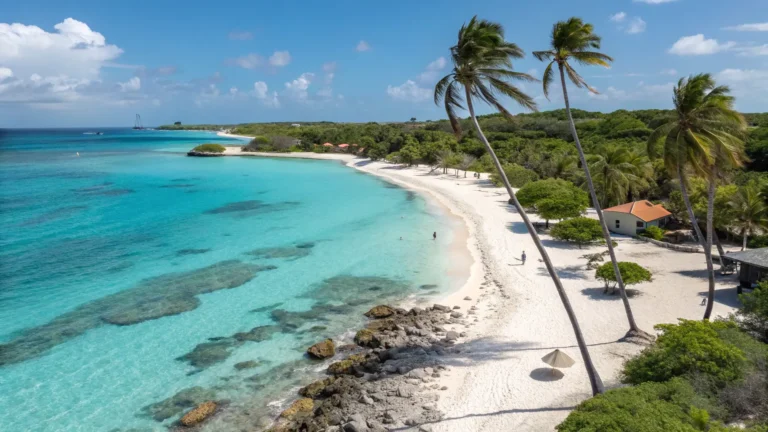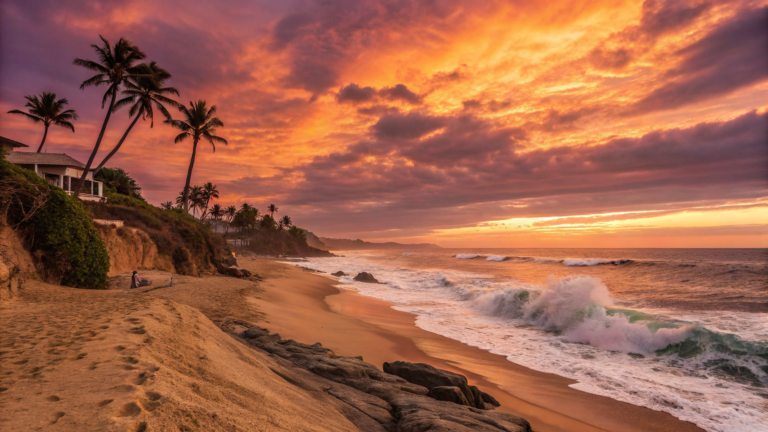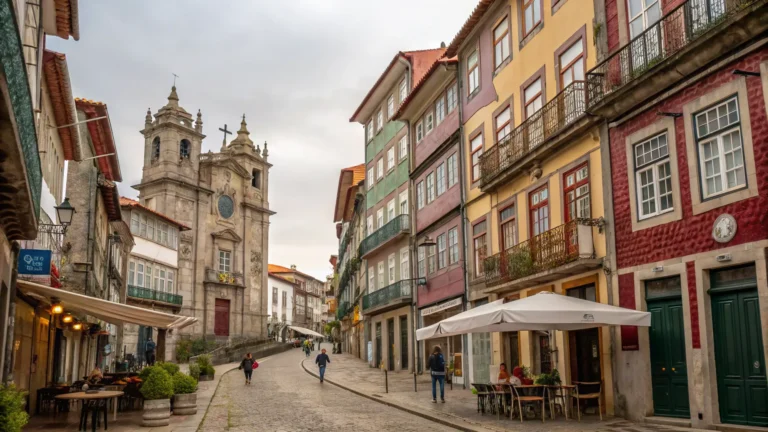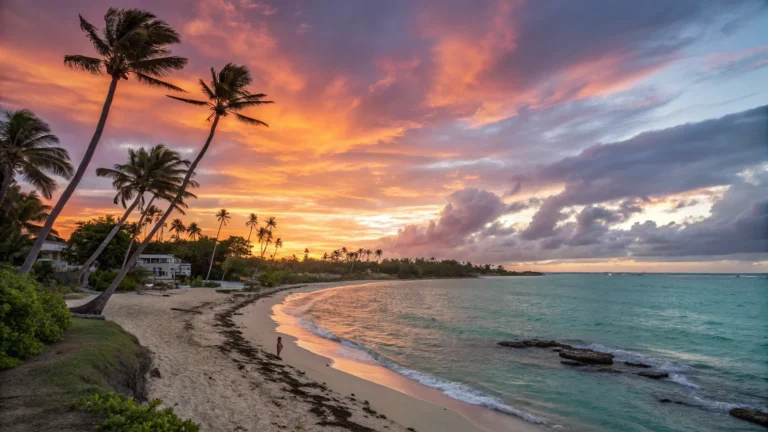Best Time to Go to Montana 7 Secrets Tourists Ignore!
Last updated on May 26th, 2025 at 04:26 pm
Picture me standing in 102°F heat at Glacier National Park on August 3rd, 2018, watching tour buses dump hundreds of sweaty tourists onto trails I’d dreamed of hiking peacefully for months. My carefully planned Montana adventure was turning into a nightmare of crowds, sticker shock, and weather that made walking feel like punishment.
That expensive lesson changed everything I thought I knew about visiting Big Sky Country.
See, I’d done what every first-timer does – picked peak summer because that’s when “everyone goes to Montana.” What nobody tells you is that locals avoid July and August like the plague. They know something most visitors don’t: Montana’s real magic happens when tourists aren’t looking.
After six more trips (yeah, I got hooked despite that rough start), I’ve cracked the code on Montana timing. The secrets I’m about to share will save you money, help you dodge crowds, and show you Montana the way it’s meant to be experienced.
Montana Weather Isn’t What You Think
Before we dive into timing secrets, let me blow your mind: Montana has four completely different climate zones packed into one state. I discovered this when my “universal Montana packing list” left me freezing in Whitefish while sweating in Miles City – same weekend, 200 miles apart.
The western mountains get Pacific moisture, creating almost Oregon-like conditions. Eastern plains feel more like Wyoming – dry and continental. Central valleys sit somewhere between, while high country stays alpine year-round. This matters way more than most people realize when planning trips.
Most tourists treat Montana like it’s all the same. Big mistake. The weather in Missoula has nothing to do with what’s happening in Billings, even on the same day.
Secret #1: Late September Is Montana’s Golden Ticket (September 20-October 8)
I stumbled onto this window purely by accident in 2019 when work forced me to push back a summer trip. Best schedule conflict ever.
Those three weeks in late September? Pure gold. Picture crisp 65°F days, zero humidity, and skies so clear they look fake. But here’s the kicker – I counted maybe 20 people on trails that had been packed solid when I visited in July.
The aspens turn golden around September 25th, creating this incredible light show across entire mountainsides. Every photo looks like a postcard without any editing. And wildlife goes nuts preparing for winter – I watched elk bugling contests that lasted hours.
Hotels that charged me $280 in summer? $95 in late September. Same room, same view, 70% cheaper.
Why September works:
- Weather stays stable for weeks
- Tourist hordes disappear after Labor Day
- Fall colors peak around September 25th
- Wildlife activity hits yearly highs
- Prices drop dramatically but everything stays open
The catch? Days get shorter fast, so start early and plan indoor backup activities. But those sunset hours stretch forever in Montana anyway.
Secret #2: Winter Montana Is Secretly Amazing (January 20-February 25)
I know what you’re thinking – winter in Montana sounds terrible. I thought the same thing until curiosity and cheap hotel rates lured me there in February 2020.
Twenty degrees feels different in Montana than other places. The air is so dry and still that 20°F there feels like 35°F in humid climates. Plus, sunshine is almost guaranteed – Montana gets 300+ sunny days yearly, even in winter.
But here’s what really surprised me: winter activities aren’t just tolerable, they’re incredible. Cross-country skiing through Yellowstone with maybe five other people around? Magical. Ice fishing on Flathead Lake while bald eagles circle overhead? Unforgettable.
And the Northern Lights? They show up regularly in northern Montana during winter. I watched green curtains dance across the sky for two hours near Glacier – something impossible during summer’s endless daylight.
Winter benefits nobody talks about:
- Hotel rooms cost 75% less than summer
- Skiing rivals Colorado without the crowds
- Northern Lights visible on clear nights
- Wildlife easier to spot against snow
- Authentic Montana ranch experiences available
You need real winter gear and flexible plans for weather, but winter Montana delivers experiences you can’t get any other time.
Secret #3: Late May Is the Underrated Sweet Spot (May 20-June 10)
May in Montana feels like the state’s best-kept secret. Everything wakes up at once – rivers run high from snowmelt, wildflowers carpet meadows, and baby animals appear everywhere.
I planned a May 2021 trip mainly because it fit my schedule, but it ended up being one of my best Montana experiences. Temperatures hover around 65°F, perfect for all-day hiking. Wildlife viewing goes crazy because animals are active and visible. And fishing? Absolutely phenomenal as seasons open and fish get aggressive.
The snowmelt creates temporary waterfalls that disappear by midsummer. I hiked to falls that were 60-foot cascades in May but barely trickling when I returned in August.
Late spring advantages:
- Perfect hiking temperatures
- Peak wildflower blooming
- Incredible fishing as seasons open
- Wildlife babies everywhere
- Amazing photography with green landscapes
- Still 50% cheaper than summer
Watch out for muddy trails and unpredictable mountain weather, but May offers some of Montana’s most rewarding experiences.
Secret #4: Different Regions Need Different Timing
This might be the most important secret: Montana isn’t one destination. It’s several completely different places that happen to share borders.
Western Montana around Glacier runs on mountain time. Going-to-the-Sun Road doesn’t fully open until July most years. Snow can fall any month except maybe August. Plan for July-September visits here.
Eastern Montana near Yellowstone follows prairie patterns. Warmer, drier, and accessible much longer. May through October works great in this region.
Central Montana stays moderate year-round but offers different experiences each season. Ranch country comes alive in summer, but winter provides authentic cowboy culture without tourist polish.
I now plan trips by region, not by state. Want mountain adventures? Go west in summer. Prefer wide-open spaces and wildlife? Head east in spring or fall. Each area has its own rhythm.
Secret #5: Match Your Activities to Montana’s Natural Calendar
Montana teaches you to think seasonally about activities. Fight the seasons and you’ll struggle. Work with them and everything clicks.
Hiking season reality: June through September in mountains, April through October in lower elevations. But early June and late September offer the best conditions – comfortable temperatures without summer crowds.
Wildlife watching secrets: Spring brings bears out of hibernation and bird migrations. Summer offers general activity but animals often hide during hot afternoons. Fall features elk bugling and migration prep. Winter wildlife viewing is incredible because animals stand out against snow and gather in accessible valleys.
Fishing timing: Fall fishing beats everything else. September and October offer perfect conditions, active fish, and empty streams. Spring gets tricky with runoff. Summer works but brings crowds. Winter ice fishing opens up unique opportunities.
Each activity has optimal windows that don’t always match tourist seasons.
Secret #6: Montana Weather Plays by Its Own Rules
Montana weather will humble you quickly if you don’t understand its personality. I’ve experienced 50-degree temperature swings in single days, sudden storms from clear skies, and something called Chinook winds that can melt snow in hours.
Elevation changes everything fast. I’ve worn shorts in Bozeman while needing winter coats 30 minutes later at higher elevations. Pack for multiple seasons regardless of forecasts.
Summer thunderstorms build fast and hit hard. Always check afternoon weather and have indoor backup plans. Those beautiful clear mornings can turn dangerous by 3 PM.
Chinook winds are wild – warm, dry winds that can raise temperatures 40°F in a few hours and melt feet of snow instantly. They mostly affect areas east of the Continental Divide during winter and spring.
Weather survival tips:
- Check forecasts multiple times daily
- Pack layers regardless of season
- Understand that mountain weather changes fast
- Local radio provides better info than apps
- Always have Plan B for outdoor activities
Secret #7: Local Events Can Make or Break Your Trip
Montana’s local event calendar offers incredible cultural experiences most tourists never discover. But timing around events requires strategy.
Small-town rodeos happen all summer but peak in July. These offer authentic Montana culture without tourist polish. Crow Fair in August showcases Native American traditions. Harvest festivals in September celebrate agricultural heritage.
But events can also create problems. Sturgis Motorcycle Rally affects eastern Montana accommodations. Hunting seasons make some areas crowded with different kinds of visitors. College football brings crowds to Missoula and Bozeman.
I now research local events before every trip. Sometimes I plan around them for cultural experiences. Sometimes I avoid them for peace and quiet. Either way, knowing what’s happening helps.
My Honest Rankings After Six Trips
Best overall time: September 20-October 8. Perfect weather, incredible colors, minimal crowds, reasonable prices. Can’t beat it.
Best budget time: January-February. Requires winter preparation but offers massive savings and unique experiences.
Best weather guarantee: July-August. Predictable and warm but expensive and crowded.
Best wildlife time: May and September. Animals are most active during these transition months.
Best photography time: Late September. Clear air, golden light, and fall colors create magical conditions.
Most authentic experience: Winter or early spring. You’ll see Montana without tourist polish.
Budget Reality Check
When you visit Montana affects your wallet more than almost any other factor. I’ve tracked costs across all my trips, and the differences are staggering.
Same hotel room in Whitefish: $65 in February, $320 in July. Guided fishing trips: $200 in April, $450 in August. Even restaurant prices fluctuate with tourist seasons.
Money-saving strategies that work:
- Visit during shoulder seasons for 40-60% savings
- Book weekdays even during peak season
- Consider winter for 70% accommodation discounts
- Look for local deals outside tourist areas
- Bundle activities during off-peak times
Mistakes I Made So You Don’t Have To
Trusting “peak season” advice: July isn’t automatically best. Often it’s the worst combination of weather, crowds, and prices.
Ignoring regional differences: Planning one trip for all of Montana rarely works well.
Not checking road conditions: Mountain passes close. Going-to-the-Sun Road opens late. Always verify access.
Underestimating weather variability: Pack for temperature swings and sudden changes.
Booking too late for shoulder seasons: September and May fill up fast once people discover how good they are.
The Bottom Line
Montana rewards visitors who understand its rhythms. Summer offers convenience and predictability but crowds and costs. Shoulder seasons provide the best overall experiences. Winter delivers unique adventures for prepared travelers.
Your perfect timing depends on priorities: budget, weather preferences, activities, and crowd tolerance. But if I could only visit Montana once, I’d go in late September. You get everything that makes Montana special without the drawbacks that plague peak season.
Montana has taught me that the best travel experiences often happen when you stop following the crowd and start following the seasons. This state operates on nature’s schedule, not tourism’s calendar. Respect that rhythm, and Montana will show you magic most visitors never see.
What questions do you have about timing your Montana adventure? Share your experiences or concerns in the comments – I love helping fellow travelers discover this incredible state!
